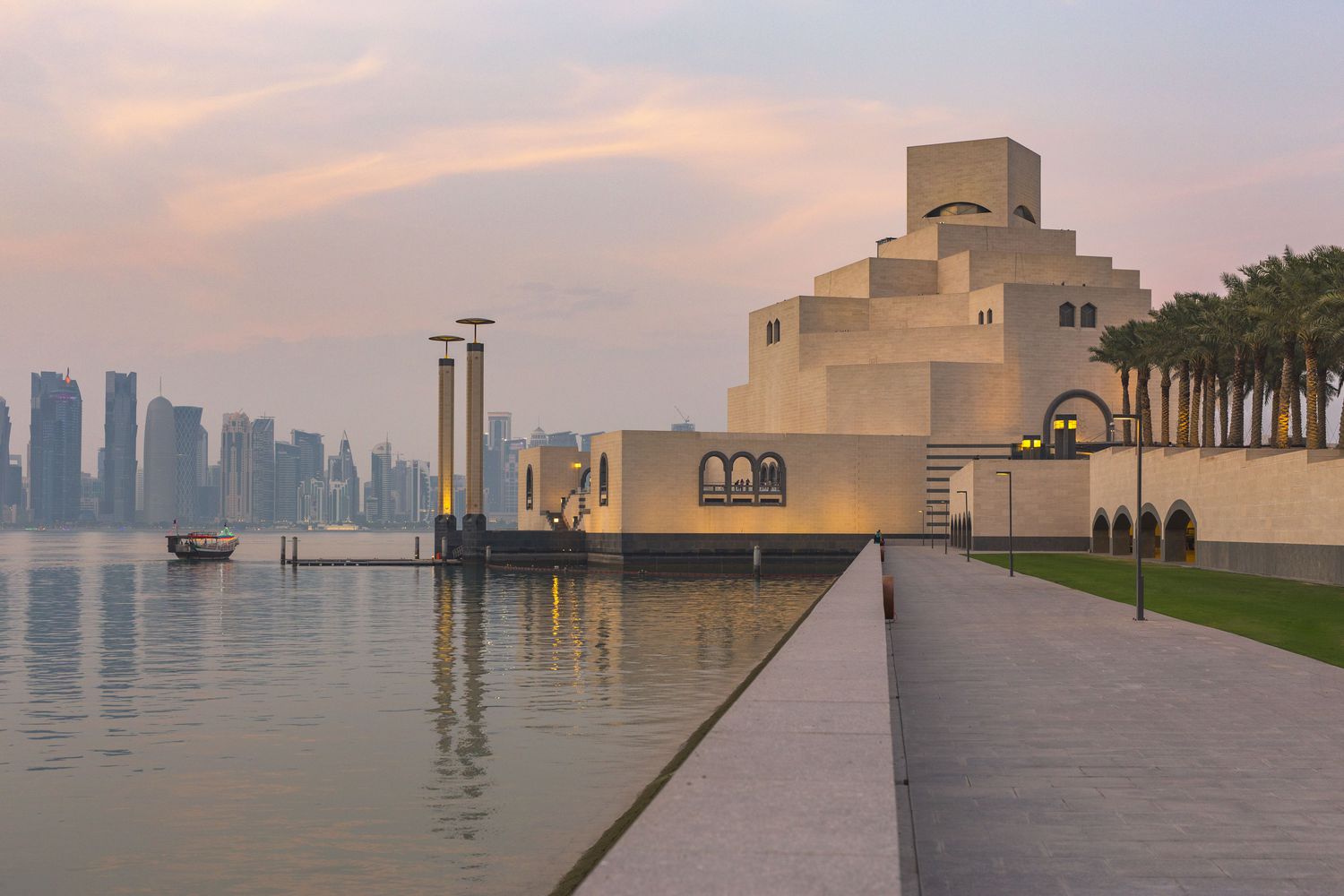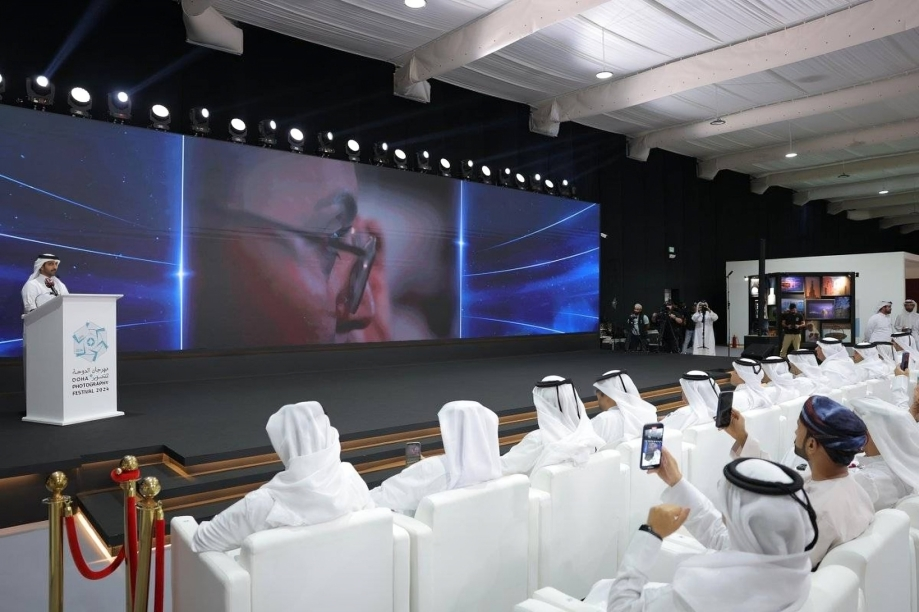“Splendours of the Atlas: A Voyage Through Morocco’s Heritage” exhibits over 200 Moroccan artifacts, manuscripts, and artworks.
The Museum of Islamic Art (MIA) in Doha is set to present the “Splendours of the Atlas: A Voyage Through Morocco’s Heritage” exhibition from November 2, 2024, to March 8, 2025.
It features rare loans from the National Foundation of Museums and the National Library of Rabat, along with previously unseen works from Qatar Museums, MIA, and the future Lusail Museum.
Sheikha Al Mayassa bint Hamad bin Khalifa Al Thani, Years of Culture and Qatar Museums Chairperson, said, “We are extraordinarily fortunate to partner with institutions across Morocco for our Qatar-Morocco 2024 Year of Culture, which will greatly expand the ability of Qataris and those living in Qatar to gain insight into the grand Islamic traditions of our neighbor in North Africa.”
“Our shared commitment to scholarship, scientific discovery, and artistic excellence has created a fertile basis for this year’s rich Year of Culture program,” she added.
As part of the Qatar-Morocco 2024 Year of Culture, the exhibition highlights over 200 items, including artifacts, manuscripts, instruments, jewelry, and photographs, and is curated by Dr. Mounia Chekhab-Abudaya.
These pieces collectively narrate Morocco’s rich heritage, highlighting its history, society, and artistic expressions, and illustrating how these elements continue to shape the nation’s culture today.
“Timeless beauty of Moroccan culture”
The culture of Morocco is a blend of Amazigh (Berber), Arab, Andalusi, Mediterranean, Hebraic, and African influences. It represents a convergence of diverse traditions throughout history.
MIA Director Shaika Al-Nassr stated, “I can think of no better venue for this remarkable presentation than MIA, which is dedicated to preserving, exhibiting, and publishing on the Islamic cultures of the world. When designing the exhibition, we sought to illuminate the intricate layers of Morocco’s cultural identity, offering visitors a chance to explore its rich heritage.”
“This exhibition serves as a bridge connecting past and present, inviting audiences to immerse themselves in the timeless beauty of Moroccan culture and its enduring global legacy.” She added.
The exhibition is divided into five sections, starting with “Faces of Morocco: Landscapes and Society,” showcasing photography by artists such as Bruno Barbey and Irving Penn.
“The Soul of Morocco: Kings, Saints, and Scholars” highlights Morocco’s intellectual history, including the University of Al Qarawiyyin, the oldest continuously operating university.
“Threads of Tradition: Morocco’s Artisanal Mastery” displays Morocco’s craftsmanship, featuring traditional leatherwork, textiles, ceramics, and jewelry.
“Traditional Sounds of Morocco” will exhibit musical instruments and multimedia presentations on Morocco’s diverse musical traditions, including Andalusian and Gnawa music.
The final section features contemporary Moroccan artist Noureddine Amir’s works, blending traditional crafts with modern abstract art and light installations.
The exhibition will be accompanied by a publication with essays, detailed object entries, and photographs, many of which will be published for the first time.







